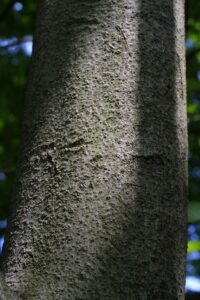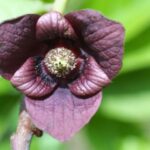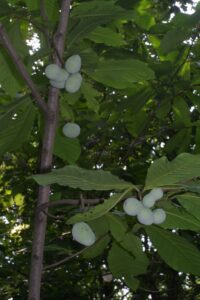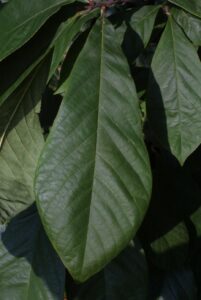Botanical Name:
Asimina triloba
Family Name:
Annonaceae / “custard apple”
Description:
Pawpaw is a small understory tree that grows well in full sun to part shade. The pawpaw fruit is the largest edible fruit native to North America, with a flavor reminiscent of banana.
Size:
15 – 30′
Habitat and Range:
The pawpaw is native to the Eastern, Southern, and Midwestern United States. They are a common understory tree in forests, often forming dense thickets.
Attributes:
The pawpaw has large, simple leaves (not lobed or divided), which cluster at the end of the branches. Fragrant dark purple flowers show in the spring, followed by the edible yellow fruit which ripen in the early Autumn.
Wildlife Value:
The fruits of the pawpaw are consumed by many mammals, while the leaves are the sole food source for the zebra swallowtail butterfly.
Did you Know?
• Prior to the last ice age, the pawpaw fruit was a favorite snack of giant megafauna, including the mastodon, which dispersed pawpaw seeds far and wide across the US.
• Early Americans had many uses for the pawpaw tree, including making a yellow dye from the pulp of the ripened fruit, and using the fibrous inner bark to make everything from rope to cloth.
Benefits to Our Community (based on carbon dioxide sequestered, storm water runoff avoided, and air pollution removed each year):
Over the next 15 years, this tree will give back $90 worth of benefits to our community.




